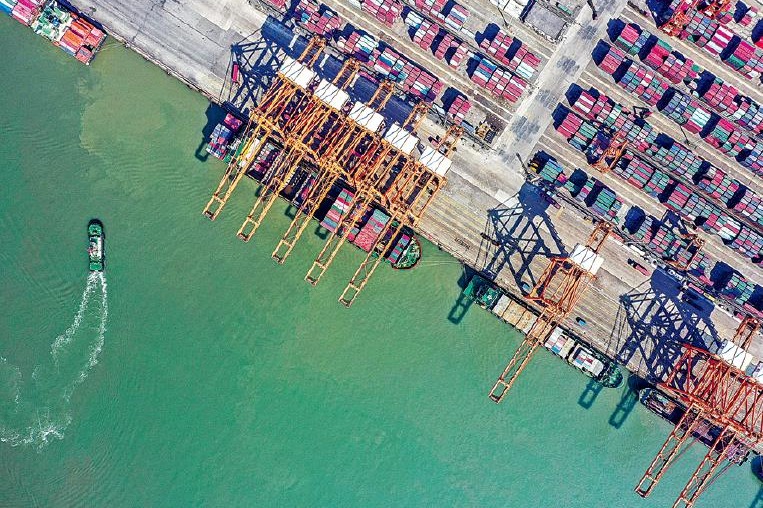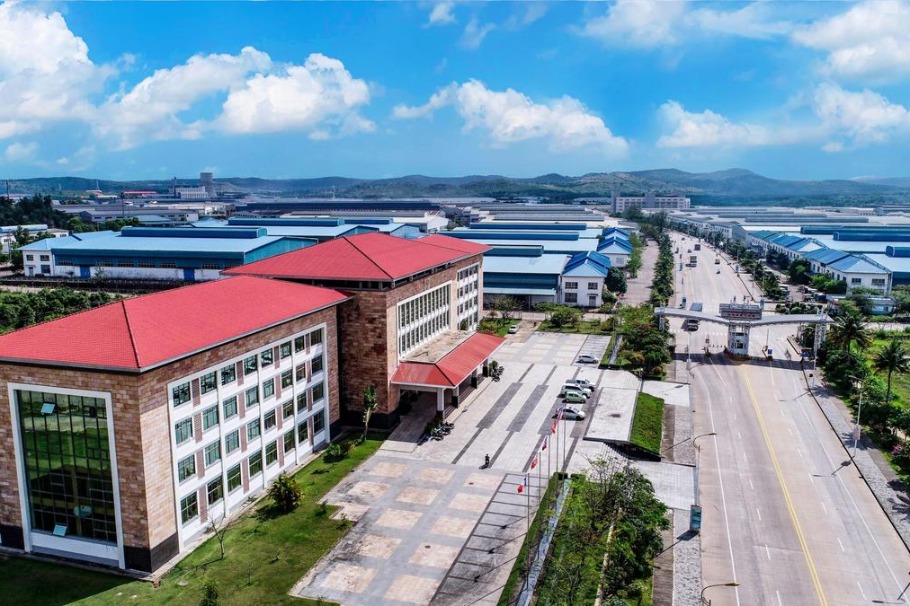Power gains


Carbon neutrality cannot be achieved without rapid improvements in electrical grids
The basic principles of electricity supply and demand are rapidly changing.
Solar and wind energy are expected to become the cheapest sources of electricity generation, and distributed energy resources, such as electric vehicle batteries or rooftop solar photovoltaic systems, may become ubiquitous. The explosive growth in the use of renewables and digitalization dictates the need for radical changes in the architecture of the global energy system. Achieving the Net Zero Emissions scenario by 2060 will depend on how productive these global systems are and whether there is room to improve their efficiency and performance.
In their forecasts of future energy, almost all experts focus on new types of electricity generation without paying due attention to the transmission and distribution of electricity to end consumers. What is happening in these critical areas today, and what are the challenges facing the developers of such systems?
The process of delivering electricity to consumers is divided into two main parts. Its high-voltage transmission from the generating site to the electrical substation is ensured. The local wiring then provides the electricity from the high-voltage substations to the consumers through distribution systems.
It isn't easy to estimate the total size of those networks since such data are not usually reflected in national statistics. A study showed that from 1980 to 2017, the total length of transmission lines worldwide was about 4.7 million kilometers, and the size of the distribution lines was between 88 and 104 million km.
So far, the production of vast amounts of electricity on the planet has been dominated by fossil fuels. In 2021, 36 percent of all electricity was generated using coal, 22.9 percent and 2.5 percent by burning natural gas and oil, respectively. Therefore, limiting electricity losses during transmission from power plants to end users is extremely important for sustainable development. But how significant are those losses?
The specific numbers are the following: 1-2 percent is lost in delivery between electricity generation and step-up transformers, 2-4 percent in power transmission lines, 1-2 percent in the transition from high-voltage lines to distribution networks and 4-6 percent are lost in distribution. So, depending on equipment quality, the average technical losses between power plants and consumers range from 8-15 percent.
Electric power losses vary greatly from country to country. For example, in developed countries, they account for 6 percent of output; in China, 5 percent, and in heavily indebted poor countries, 24 percent. The average loss rate in the world is around 8 percent.
In 2021, 28,214 terawatt-hours of electricity was produced worldwide. Electricity prices vary significantly. As of March 2022, the price ranged from 0.3 cents in Lebanon to 47.9 cents in Denmark. The average worldwide price was 14.3 cents per kWh for residential users and 13.8 cents per kWh for business users. If one multiplies the amount of electricity by the average price per kWh and the average level of losses, the result is that the annual cost of electricity losses worldwide will be a whopping $323 billion.
When calculating this figure, the so-called non-technical losses, including theft and corruption, have not yet been considered. Expert estimates show that worldwide losses amount to more than $95 billion a year. Even in the US, about $6 billion a year is lost due to theft and fraud. From this, it becomes clear that reducing carbon emissions is critically important to minimizing all kinds of losses in electrical grids.
It must be emphasized that most grids are located in developing countries, and many networks are outdated there and urgently need repairs. But, these countries have neither the resources nor the technological capabilities to improve their grids. As a result, end users receive poor-quality products, overpay at inflated tariffs, and pollute the planet with excessive carbon emissions.
China can and should set an example for developing countries in the effective development and optimization of grids since it has accumulated rich experience in this area. Since 1980, China has accounted for 41 percent of global transmission network growth and 32 percent of distribution network growth. In 2017, China's electrical grid reached the size of all the Western industrialized countries combined. In this process, the country has developed and implemented the latest scientific and technological achievements in electricity generation, transmission and distribution.
On November 20, 2022, the 27th Conference of the Parties to the UN Framework Convention on Climate Change (COP 27), held in Sharm el-Sheikh, Egypt, concluded with a historic decision to launch a fund under which rich countries should provide financial support to developing countries in their climate change fight. From such a step, humanity will receive much more than it spends.
The author is former prime minister of Kyrgyzstan, a distinguished professor at the Belt and Road School at Beijing Normal University and the author of Central Asia's Economic Rebirth in the Shadow of the New Great Game. The author contributed this article to China Watch, a think tank powered by China Daily. The views do not necessarily reflect those of China Daily.
Contact the editor at [email protected].


































